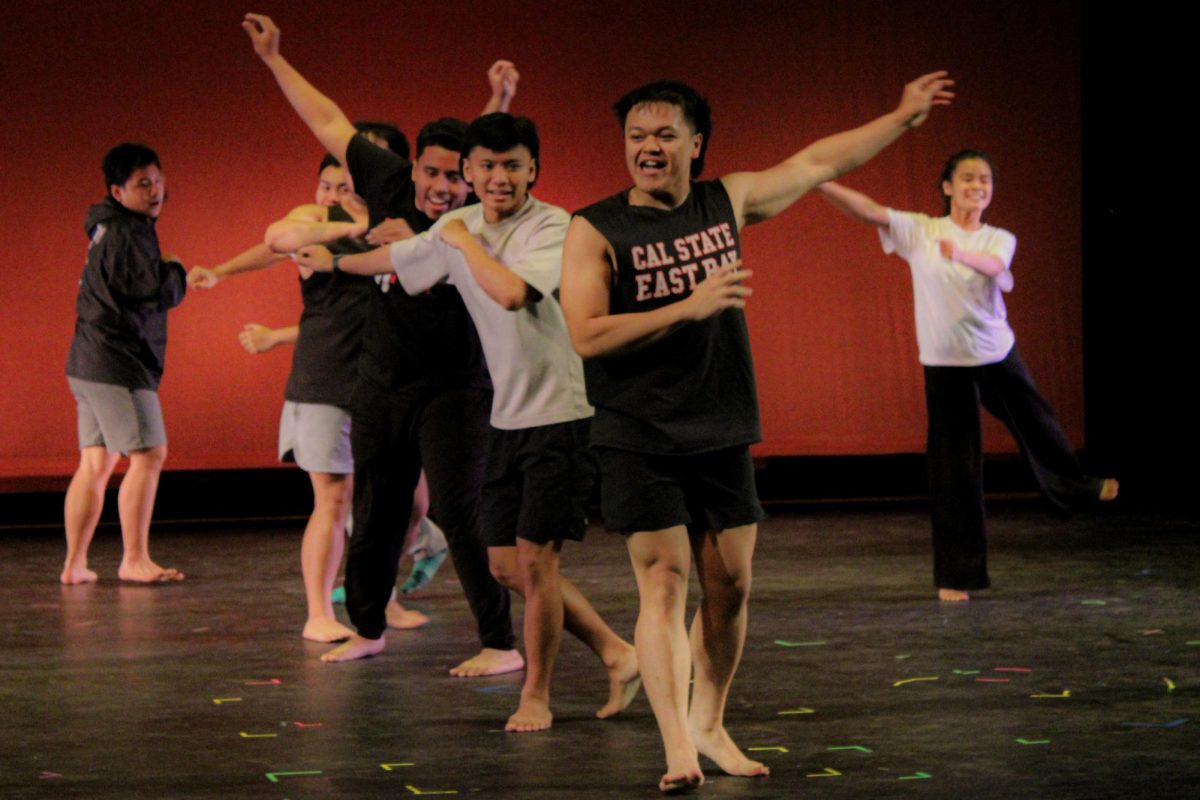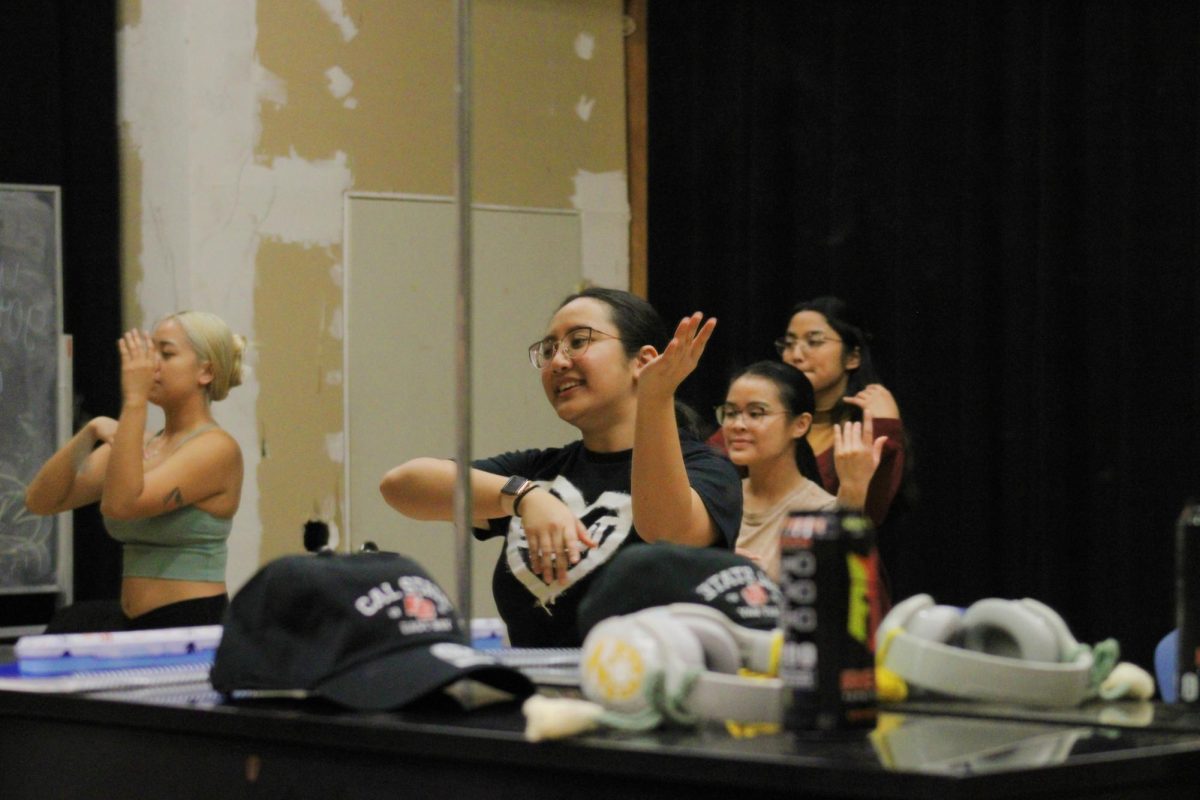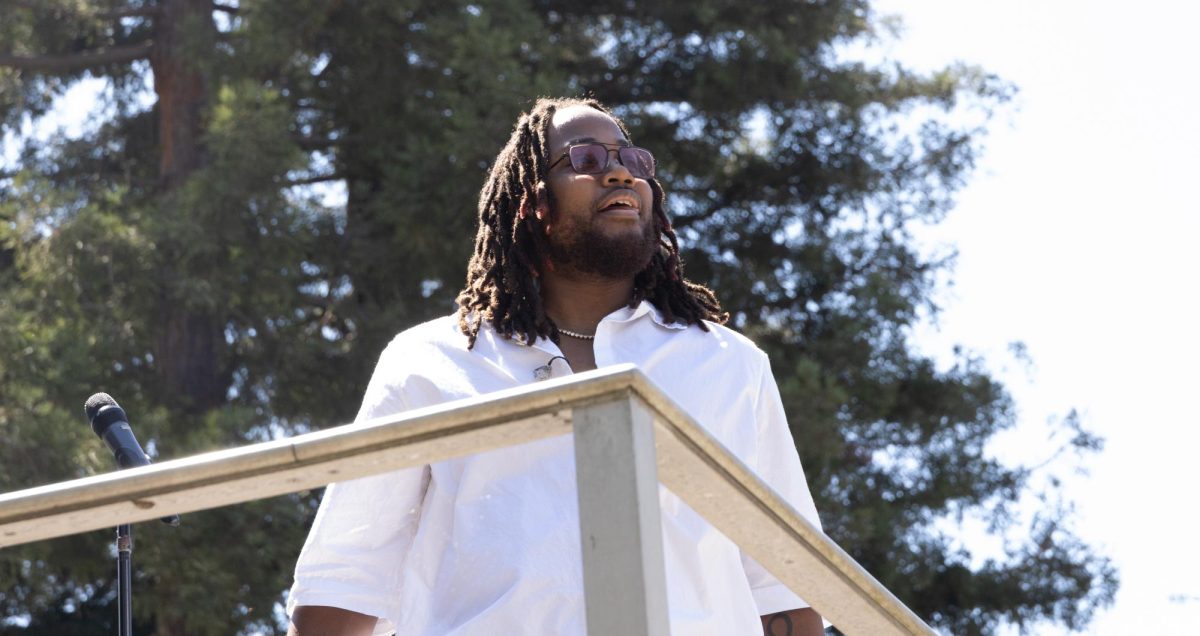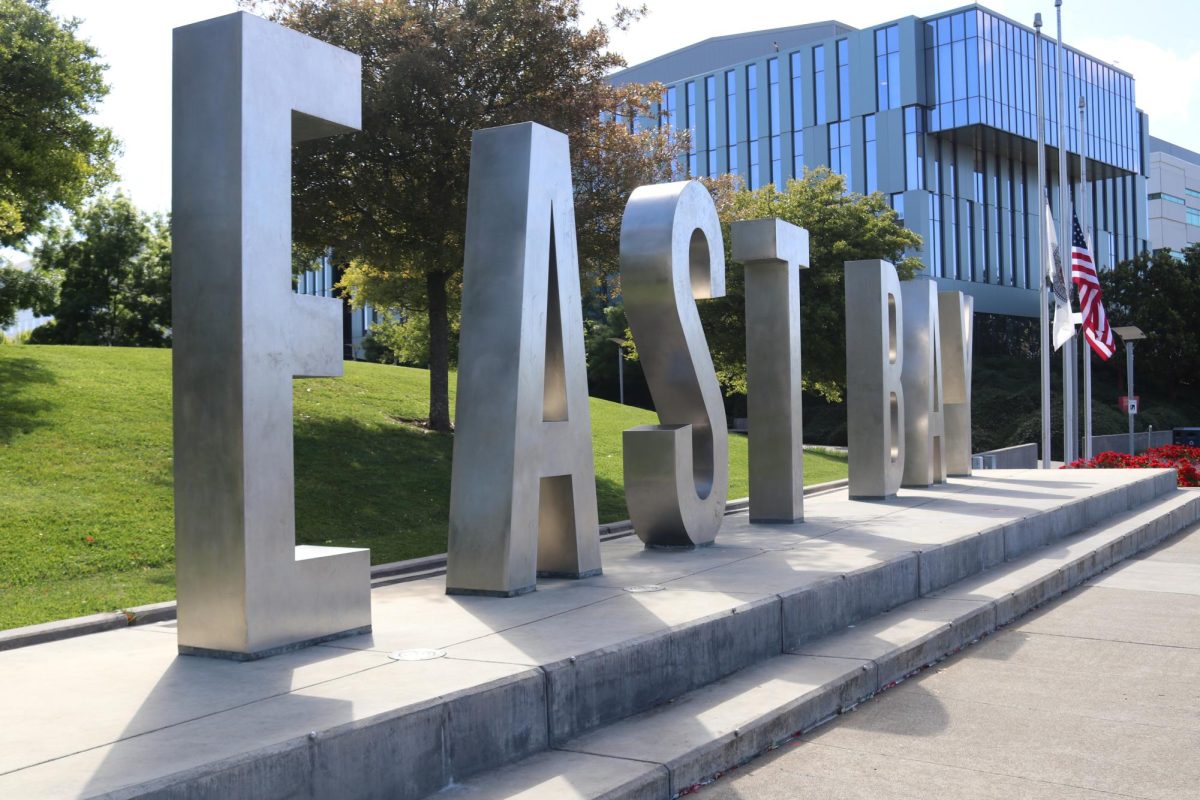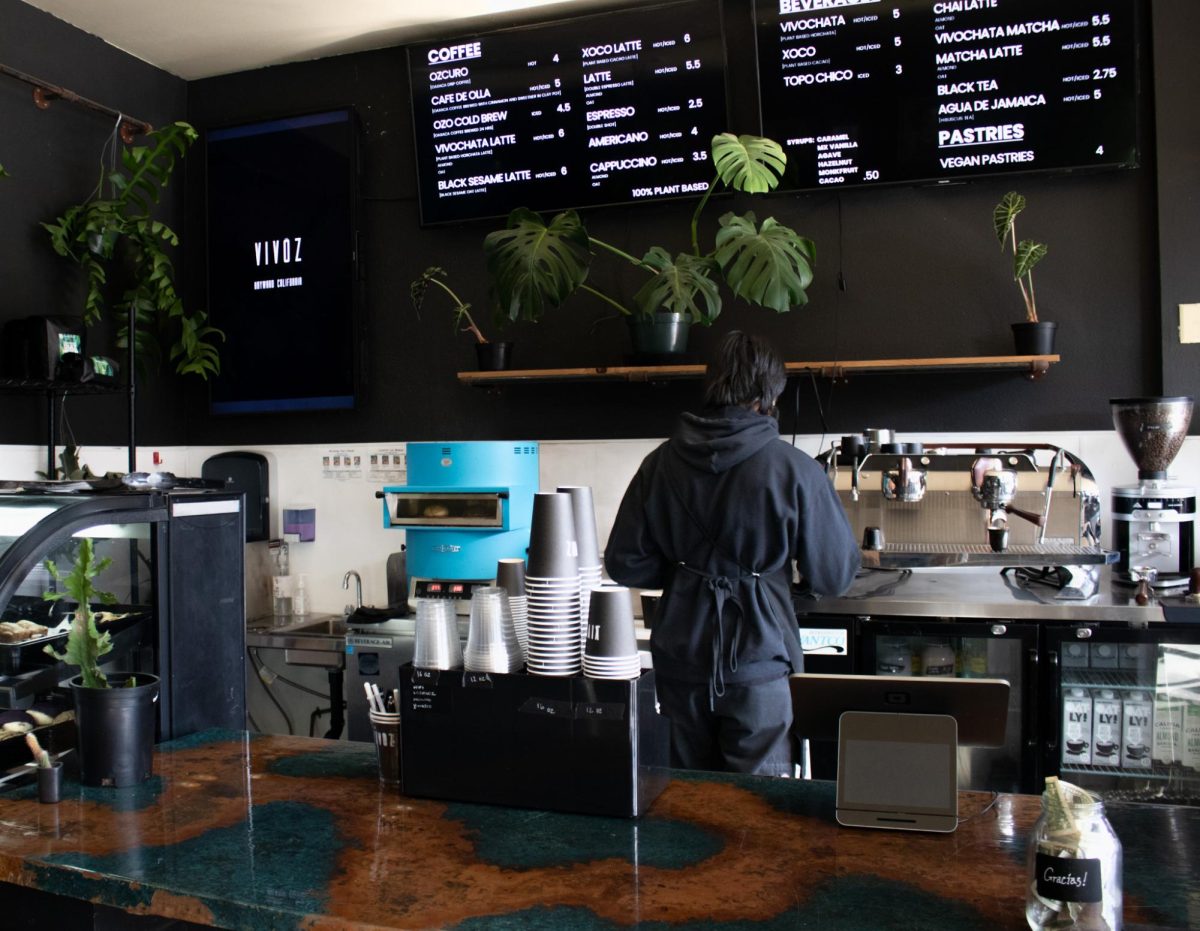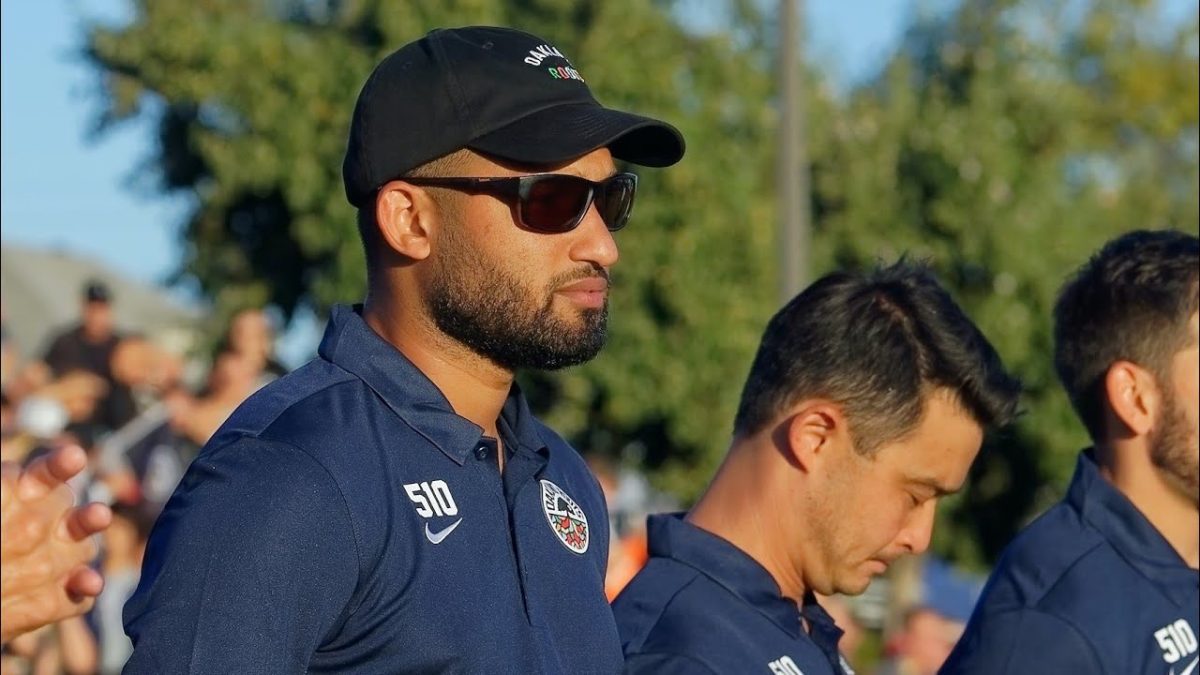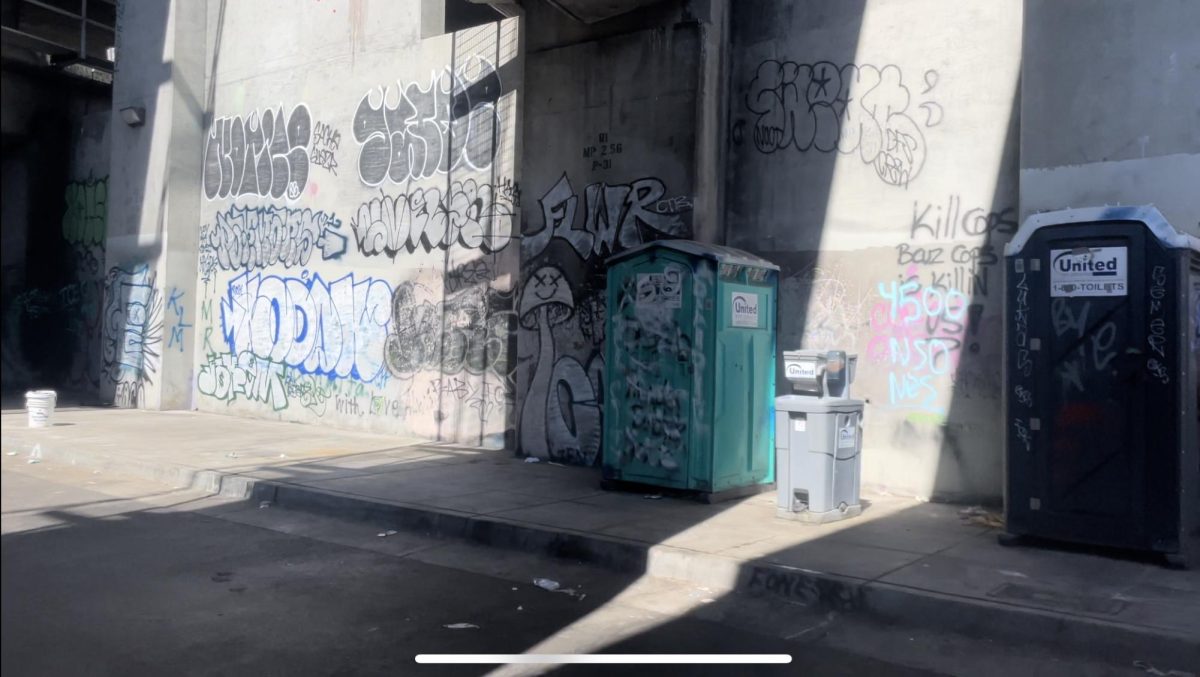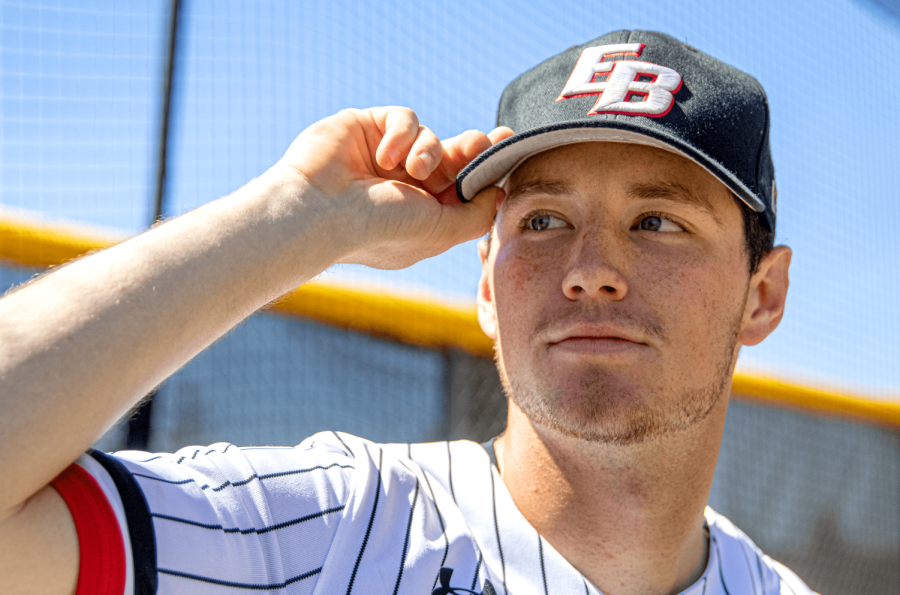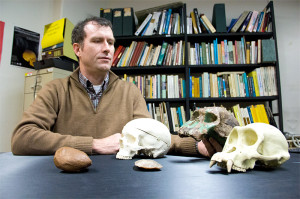
log archaeological information.
Imagine all around the world; people being able to learn about and study bones from different areas of the globe. Professor W. Henry Gilbert has helped make this happen with the help of other anthropologists from different parts of the world.
Gilbert is a professor of anthropology at CSU East Bay, and has a Ph.D. in Integrative Biology from UC Berkeley.
He envisioned in his thesis a means of publishing online documentation and photos of skeletal remains from different countries, which has since taken off and become a reality.
With the ability to make a website, the Forensic Osteology Project or FOROST came to life. People from all over the world in many countries are accessing this database on a daily basis.
“All the fossils need to be catalogued and organized and then accessible, and there is a lot of hassle to that being done in a global way,” said Gilbert. “But a lot of people have been attempting to do that and when I did my thesis, I put all the fossils I found onto this online database so everyone could get access to them.”
This was no easy task to get started. Gilbert started by contacting some close colleagues in his field that he had known and tried to convince them to help.
The website was up and running for a year and a half with no advertising before it started seeing growth with the help of a few online blogs.
As the database grew and people started to understand the idea behind the website, more people started sharing and using it.
Gilbert mentioned that the low budget website gives credit to those institutions and photographers who have submitted their work and says that the people who submit their data will be attributed for their work.
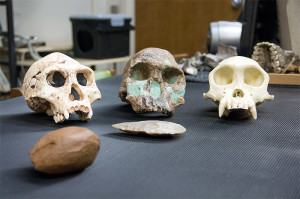
Project with the help of other anthropologists.
One of the goals of this database is to bring knowledge to those without the experience or background in anthropology and paleoanthropology.
“One of the problems is that there is not enough expertise to identify natural from non-natural causes of death in a lot of situations,” said Gilbert.
Identification of natural and non-natural death and being able to see trauma is one problem, but also the simple identification of bone being human or nonhuman is also extremely important.
This is especially true when it comes to forensic science and dealing with a crime scene. The website has photos that can be useful for those needs.
Gilbert also mentions that as helpful as the pictures are, it is just as important to get the verbal descriptions of the pictures, because the verbal descriptions will have details that a picture cannot provide.
It is not just Gilbert who worked on this project; he was able to get some of his students at CSUEB to translate the data in other languages.
The founders of the FOROST project are Socorro Baez-Molgado, Patricia Herrera-Saint-Leu, Raul Castillo-Castro, Carlos Serrano-Sanchez and himself.
Each of these people played a significant role as directors, project directors and senior developers of the website.
The FOROST project is ever growing and in the future Gilbert would like to see it become more of a journal and have it become more than web publications.
This would allow for more publications on the website by getting the proper programming and coding. According to Gilbert, there are two people who are currently working towards realizing that goal.
“If you have an idea that you know is good, you should not be dissuaded because people do not understand it at first,” said Gilbert.





